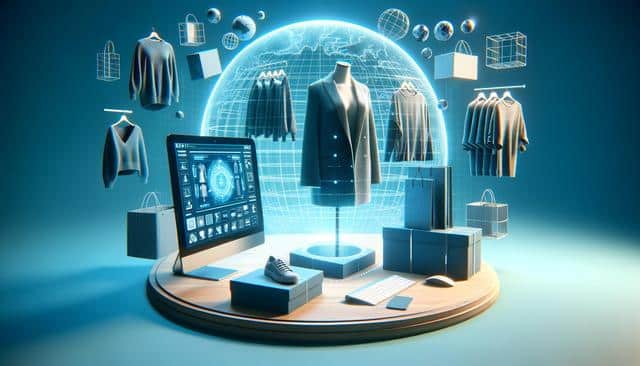
How Virtual Try-Ons Are Transforming the Online Shopping Experience
The Rise of Virtual Try-On Technology
Over the past few years, virtual try-on technology has become a significant innovation in the e-commerce industry. Leveraging the capabilities of augmented reality (AR) and artificial intelligence (AI), brands are now offering customers the opportunity to visualize products on themselves before making a purchase. This shift has been particularly notable in sectors such as fashion, eyewear, cosmetics, and home décor. Consumers no longer have to rely solely on product descriptions or static photos; now, they can experience a more interactive and personalized shopping journey. As adoption rates increase, retailers are investing in these tools to enhance customer satisfaction and reduce return rates.
Enhancing Customer Confidence Through Visualization
One of the primary challenges of online shopping has always been the inability to touch, feel, or try on products. Virtual try-on solutions address this issue by allowing users to see how a product looks on them in real-time. For example, someone shopping for eyeglasses can use their webcam or a mobile app to see how different frames fit their face. Similarly, consumers purchasing makeup can digitally apply shades to their skin tone. These features help build trust, reduce hesitation, and encourage more confident buying decisions. Key benefits include:
- Accurate product previews tailored to individual features
- Reduced uncertainty and buyer’s remorse
- Lower return rates due to better informed purchases
By offering an experience closer to in-store shopping, businesses are meeting the expectations of modern consumers who demand convenience without sacrificing accuracy.
Reducing Returns and Boosting Sustainability
Returns have long been a costly issue in the online retail sector, both financially and environmentally. Virtual try-ons help mitigate this problem by enabling customers to make more precise choices. When shoppers can see how a product looks or fits beforehand, they are less likely to purchase items that don’t meet their needs. This has a twofold impact:
- Retailers save on logistics and restocking costs
- Fewer returns mean lower carbon emissions and packaging waste
By minimizing product returns, virtual try-on tools contribute to more sustainable retail practices. This aligns with the growing consumer demand for eco-conscious shopping options and helps businesses demonstrate their commitment to responsible commerce.
Improving Personalization and User Engagement
Virtual try-on technology also opens the door to enhanced personalization. Using AI and customer data, platforms can recommend products that are better suited to each individual. This level of customization not only improves the user experience but also increases the likelihood of conversion. For instance, a virtual fitting room can suggest clothing sizes based on a user’s body measurements or past purchase history. Other ways virtual try-ons personalize the experience include:
- Color and style suggestions based on facial features or complexion
- Tailored content and interactive tutorials
- Real-time feedback and social sharing options
These features encourage active participation, which keeps users engaged longer and fosters a deeper connection between the customer and the brand.
Challenges and the Future of Virtual Try-Ons
Despite their many advantages, virtual try-on technologies are not without challenges. Accuracy can vary depending on the quality of the user’s device, lighting conditions, or technological limitations. Additionally, integrating these tools into existing e-commerce platforms can require significant investment. However, advancements in machine learning and 3D modeling are rapidly closing these gaps. Looking ahead, we can expect to see further developments such as:
- More inclusive options for different body types and skin tones
- Integration with virtual reality (VR) for immersive shopping experiences
- Improved AI for better product recommendations
As these technologies mature, virtual try-ons will likely become a standard feature across many online stores, making them an essential part of the digital retail landscape.